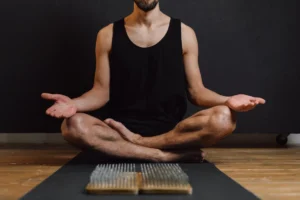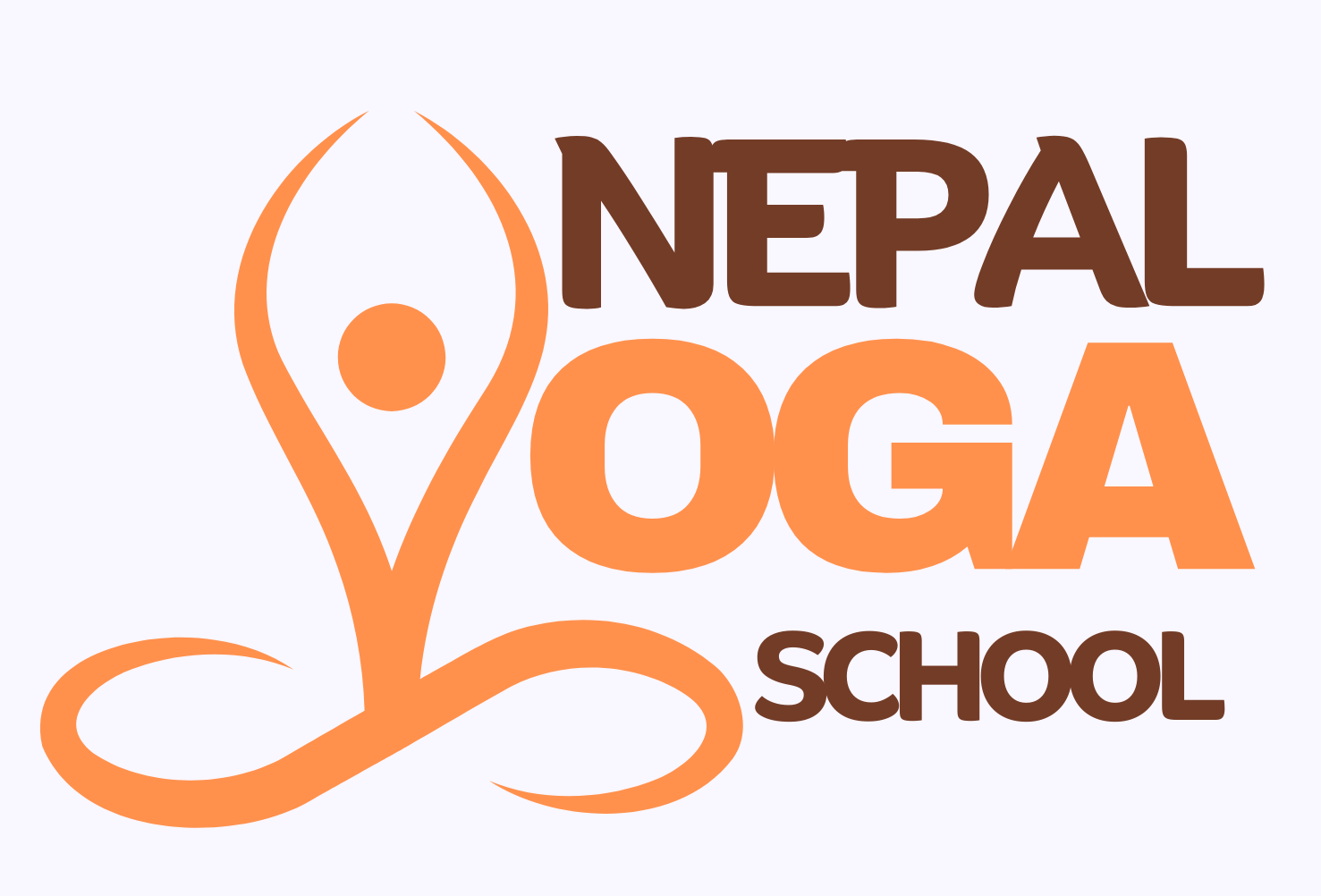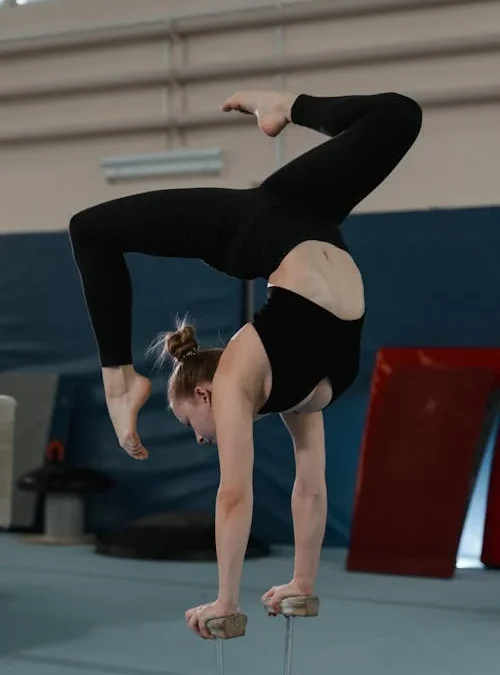Yoga is a journey of self-discovery and physical mastery, and for experienced practitioners, advanced yoga poses offer a thrilling way to push the boundaries of their practice. These challenging asanas not only test physical strength and flexibility but also enhance mental focus and perseverance. Advanced yoga poses require dedication, patience, and a deep understanding of your body’s capabilities. This article will delve into several advanced yoga poses, discussing their benefits, techniques, and tips for safe practice. Whether you are looking to deepen your practice or simply seeking new challenges, these advanced poses will help elevate your yoga journey.
Benefits of Practicing Advanced Yoga Poses
Advanced yoga poses offer numerous benefits that extend beyond the physical realm. Here’s a look at what practicing advanced asanas can bring to your practice:
- Enhanced Strength
Advanced yoga poses demand significant muscular engagement, which helps in building strength throughout the body. Poses like handstands and forearm stands require not only core strength but also upper body and leg power. By consistently practicing these poses, you can develop a strong, balanced physique. - Improved Flexibility
 Many advanced poses involve deep stretches that challenge your flexibility. Poses like the King Pigeon pose and Scorpion pose require extensive range of motion in the hips, back, and shoulders. Over time, these poses can help increase your overall flexibility and open up tight areas of the body.
Many advanced poses involve deep stretches that challenge your flexibility. Poses like the King Pigeon pose and Scorpion pose require extensive range of motion in the hips, back, and shoulders. Over time, these poses can help increase your overall flexibility and open up tight areas of the body. - Increased Balance and Coordination
Balancing poses such as handstands and one-legged handstands enhance your sense of stability and coordination. Mastering these poses requires a keen awareness of your body’s alignment and balance, which translates into improved coordination and balance in everyday activities. - Mental Focus and Concentration
 Advanced yoga poses demand a high level of concentration and mental focus. Balancing on your hands or bending deeply into a backbend requires mindfulness and presence. This mental engagement helps develop greater focus and clarity, which can be beneficial both on and off the mat.
Advanced yoga poses demand a high level of concentration and mental focus. Balancing on your hands or bending deeply into a backbend requires mindfulness and presence. This mental engagement helps develop greater focus and clarity, which can be beneficial both on and off the mat. - Greater Self-Awareness
Successfully executing advanced poses fosters a deeper connection between mind and body. This increased self-awareness helps you understand your body’s limits and capabilities, promoting greater confidence and self-acceptance.
Popular Advanced Yoga Poses
Below are some of the most challenging advanced yoga poses, along with tips on how to practice them effectively:
- Handstand (Adho Mukha Vrksasana)
Handstand is a classic advanced pose that requires strength, balance, and coordination. Here’s how to approach it:- Preparation: Start with a strong foundation by practicing poses that build shoulder and core strength, such as Plank pose and Dolphin pose.
- Execution: Begin in downward-facing dog with your feet hip-width apart. Kick up from downward-facing dog, aiming to align your body vertically. Engage your core and press through your shoulders to find balance.
- Tips: Use a wall for support while learning the pose. Kick up gently and use the wall to guide your balance. Focus on your breath and maintain a strong core to avoid collapsing.
- Forearm Stand (Pincha Mayurasana)
Forearm stand is a fantastic alternative to handstands, requiring significant shoulder and core strength.- Preparation: Practice poses that strengthen the shoulders and core, such as Forearm Plank and Dolphin pose.
- Execution: Place your forearms on the ground, interlace your fingers behind your head, and lift your legs upward. Keep your core engaged and balance by finding your center of gravity.
- Tips: Start near a wall to gain confidence and stability. Engage your shoulders and core to maintain alignment and avoid overarch in your back.
- Scorpion Pose (Vrischikasana)
Scorpion pose is a demanding backbend advanced yoga and requires both flexibility and strength.- Preparation: Build strength with poses like Forearm Stand and practice deep backbends like Camel pose to open up the spine.
- Execution: Begin in Forearm Stand and bend your knees to reach your feet toward your head. Keep your body engaged and aligned as you deepen the backbend.
- Tips: Use a wall for support initially. Focus on your breath and engage your core to prevent strain on your back.
- King Pigeon Pose (Rajakapotasana)
This advanced yoga pose combines deep hip opening with a backbend, requiring flexibility and strength.- Preparation: Practice hip openers like Pigeon pose and backbends like Wheel pose to prepare your body.
- Execution: From Pigeon pose, bend the back leg and reach for the foot with your hand. Arch your back to deepen the stretch.
- Tips: Use a strap if you can’t reach your foot. Ensure your hips are square and avoid collapsing your lower back.
- One-Legged Handstand (Eka Pada Adho Mukha Vrksasana)
One-legged handstand adds a level of complexity to the traditional handstand, focusing on balance and core strength.- Preparation: Strengthen your core and practice balance poses like Tree pose and Half Moon pose.
- Execution: Kick up from a standing position, extending one leg upward while keeping the other leg extended out. Balance on one hand and adjust your body to maintain stability.
- Tips: Use the wall for support if needed and focus on keeping your core engaged. Practice kicking up gently to find your balance.
- Tripod Headstand (Sirsasana II)
Tripod headstand involves balancing on your head and hands, requiring strong core engagement and balance.- Preparation: Practice Headstand (Sirsasana) and strengthen your core and shoulders with poses like Dolphin pose and Plank pose.
- Execution: Place the crown of your head on the floor, with your hands and elbows supporting your body. Lift your legs up and find balance, keeping your core engaged.
- Tips: Ensure that the weight is evenly distributed between your head and hands. Use a wall or props to support yourself as you practice.
- Handstand Scorpion (Handstand Vrischikasana)
This advanced yoga pose combines the handstand with a scorpion-like backbend, requiring extreme flexibility and core strength.- Preparation: Practice both Handstand and Scorpion pose separately to build the necessary strength and flexibility.
- Execution: Start in a handstand position and bend your knees to reach your feet toward your head. Engage your core and maintain alignment.
- Tips: Use a wall for support and focus on keeping your body engaged to avoid collapsing.
Tips for Practicing Advanced Yoga Poses
- Warm Up Thoroughly
Advanced poses place a significant demand on your body. A thorough warm-up is crucial to prepare your muscles and joints. Include dynamic stretches and preparatory poses to build strength and flexibility, such as Sun Salutations and hip openers. - Use Props for Support
Props like blocks, straps, and walls can be valuable tools in your practice. They help with alignment and provide support as you work towards mastering advanced poses. Use props to assist with balance and gradually build up to more challenging variations. - Listen to Your Body
Advanced poses should be approached with respect for your body’s limits. Avoid pushing yourself into discomfort or pain. Practice with mindfulness and modify poses as needed to suit your current abilities. - Seek Guidance
Working with an experienced yoga teacher can provide valuable insights and adjustments to help you safely progress in your practice. A teacher can offer personalized feedback and support, ensuring that you practice advanced poses with proper technique. - Focus on Alignment
Proper alignment is essential to avoid injury and maximize the benefits of advanced poses. Pay attention to your body’s alignment and make adjustments as needed to maintain a safe and effective practice. - Practice Regularly
Consistency is key to mastering advanced poses. Incorporate challenging asanas into your regular practice routine and gradually increase their difficulty as you build strength and flexibility. Regular practice will help you progress and refine your technique. - Be Patient
Mastering advanced yoga poses takes time and patience. Progress may be slow, and that’s okay. Celebrate small victories and continue to practice with dedication. The journey toward mastering advanced poses is as valuable as the end result.
Conclusion
Advanced yoga poses offer a unique opportunity for experienced practitioners to deepen their practice and challenge their limits. These poses provide numerous benefits, including enhanced strength, flexibility, balance, and mental focus. By practicing advanced poses with patience, respect for your body, and proper guidance, you can achieve new levels of physical and mental mastery in your yoga journey. Remember that the path to mastering advanced poses is a journey of self-discovery and growth. Embrace the challenge, and enjoy the rewards that come with pushing your boundaries in yoga.

